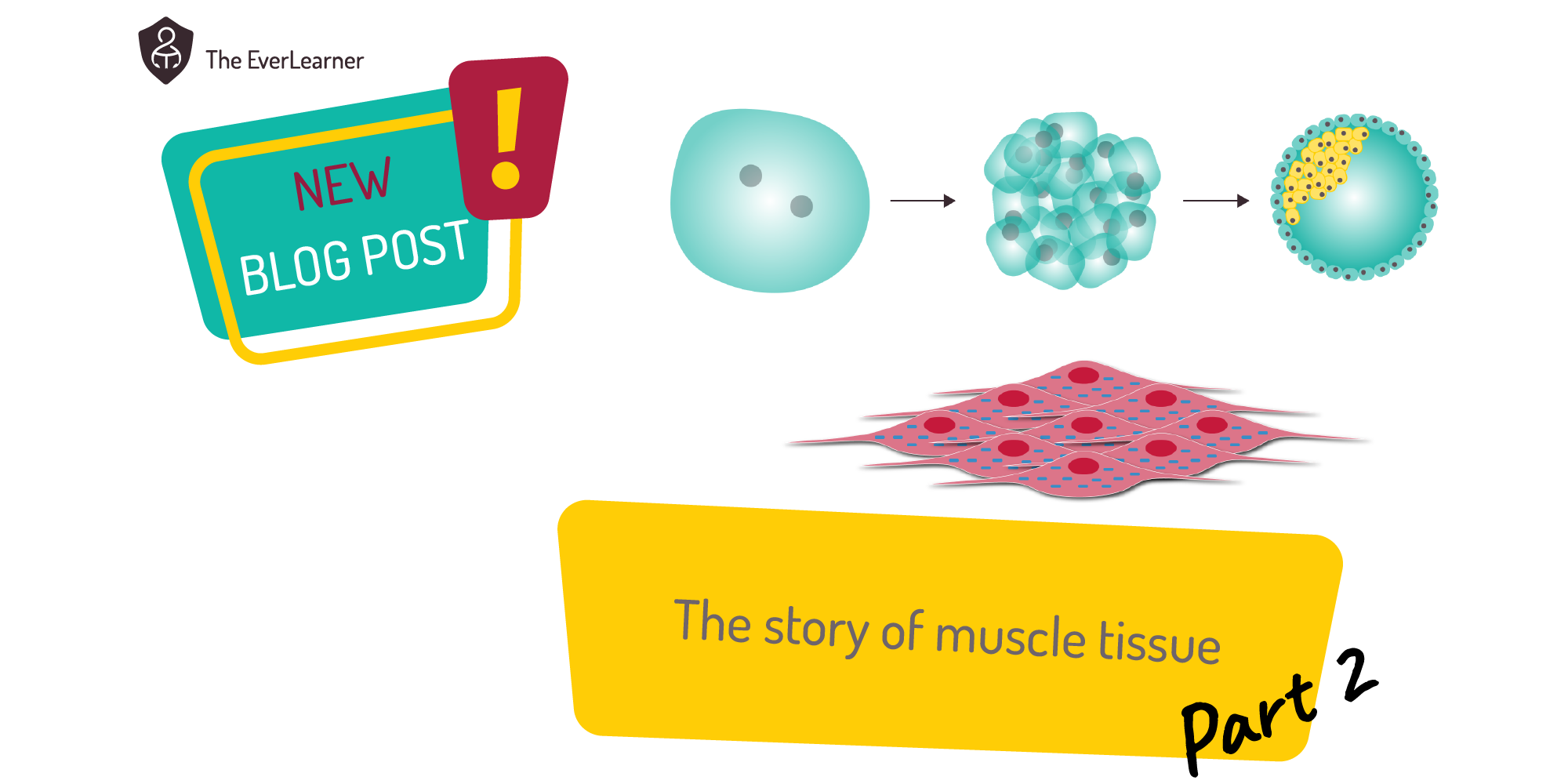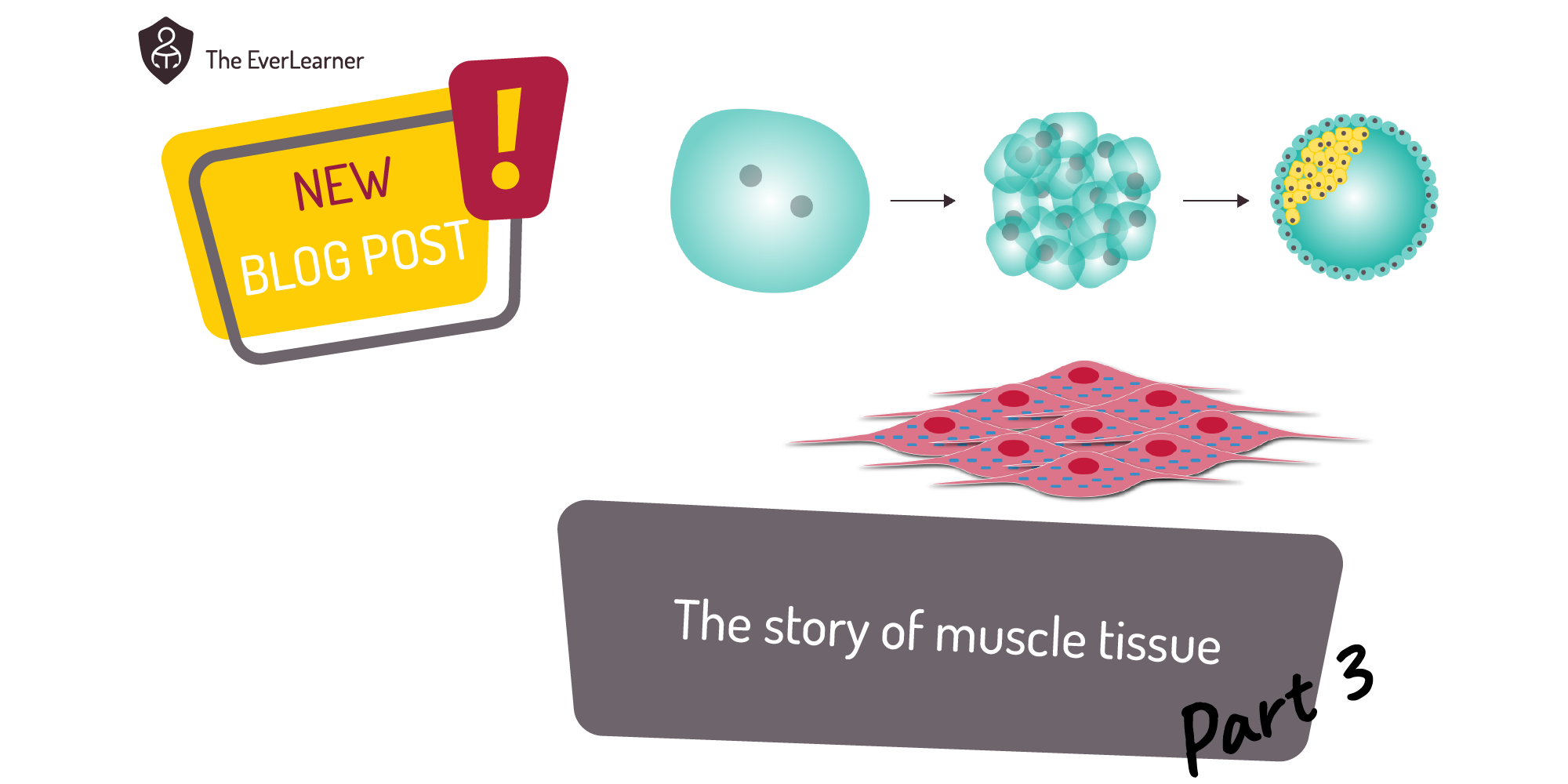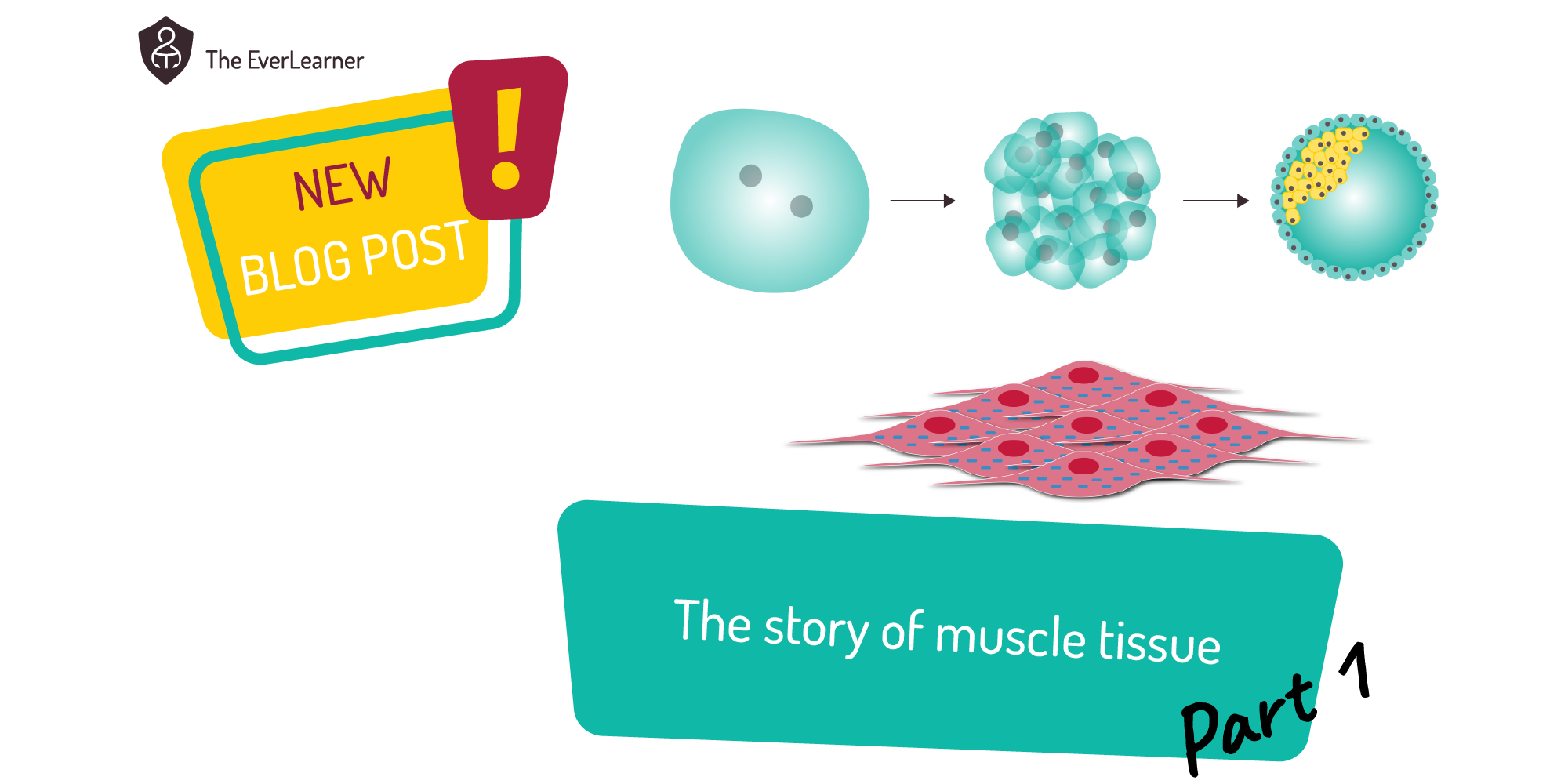The story of muscle tissue - Part 4
I’ve been working towards writing this post for some time. It will be one of those that, I hope, will really make PE teachers go, “Oh, I see!” and, perhaps, give them some ideas as to what might be worthy of discussion and exemplification by students.
In "The Story of Muscle Tissue - Part 1", I made a pretty strong argument that muscles were rather “one-dimensional”. They can’t really do much apart from apply a pulling force in one specific direction. We might think of this highly specialised muscle tissue as a “one trick pony”, for example. But, I was being a bit disingenuous in Part 1. In this closing post about muscle tissues, I want to make a comparison between muscle tissue and a modern smart device. Now, I should be clear: I don’t think this simile has ever been used before and I am not confident that it would stand up to rigorous scientific enquiry but comparing muscle tissue to a smart device has helped me to understand the nature of muscle tissue, muscle contraction and, therefore, athletic performance of all kinds. It is also a topic that I have discussed with my own students from as early as Year 7 because the concepts link so closely to so many different experiences within practical PE lessons.
Let’s start here. This is an illustration that I have made and have used with students. It is designed to develop conceptual intuition in learners and to frame the learning to come. Take a look:

This graph is largely about time. Take a look again at the x (horizontal) axis. Time is progressing to the right. Therefore, the closer events are along this axis, the shorter the time between these events. Likewise, if events are far apart, this indicates a longer time.
In segment one of the graph, events are far apart. What this means is that a bunch of muscle fibres are innervated (stimulated) and this tissue can contract and then relax fully. It’s important to note here that this muscle tissue that has “twitched” (contracted) has contracted fully and maximally. This is known as the All-or-None Law which states that muscle fibres contract fully or not at all. There are no partial contractions. But, also, remember that in "The story of muscle tissue - Part 2", I described how different bunches of muscle fibres within an entire muscle can operate as subunits. So, even though the All-or-None Law applies, it does so to individual subunits of muscle tissue. Also, remember that these subunits can be large or small. They can be characterised more towards slow or fast twitch properties. Therefore, in order to produce a very slight or minimal contraction (picking up a pencil, say), very few subunits containing slower twitch fibres will be innervated and will contract (fully).

So, in the scenario above, a muscle is able to produce a very slight contractile force even though the contracting muscle tissue is contracting fully. Good to know and we will return to this point in a few paragraphs. But let’s think again about time. In the scenario above, I described a twitch. A twitch is when muscle tissue (of any scale) contracts AND relaxes fully because there is time to do so. Well, what if there is no time to relax fully? What if the muscle tissue is innervated again before full relaxation occurs? Muscle fibres have elastic properties. Therefore, if they do not fully return to their resting position, these elastic properties apply. If we were sat in a GCSE Physics class (which almost all of your PE students will be during their schooling), we would learn that the muscle fibres are capable of transferring energy from their elastic potential energy store (their elasticity - springiness) into their kinetic store (muscle contraction - movement). Therefore, if a second and third and 100th stimulus were to arrive before muscle tissue has time to fully relax, the strength of the muscle contraction would increase because of the elastic property of the muscle fibres. Wow! Wow! Wow! The human body, using nothing but the construct of time, is capable of minutely controlling the overall force of a contraction via these “one-dimensional” muscle subunits which only “know” to do one thing: They contract fully, or not at all. Therefore, muscle tissue when considered in relation to other organ systems such as the nervous system is “smart”.

Whilst the language of the topic is not as important as the intuition at this stage, you probably want to know the name of this concept. It is called wave summation. A “sum” (all added together) of the waves (stimuli) that lead to a more powerful contraction due to the elastic properties of muscle tissue. Amazing and so simple!
I want to pause here and share a thought: I am more of an autodidact than I am a product of a formal education. I remember being at school and in science lessons and being so uninterested. I also remember being so puzzled at how complex all these biological systems were. My teachers seemed to want me to learn words and terms and definitions to be able to talk or write like a scientist even though I probably didn’t understand it. These days, I am almost offended by how simple biology is. Biological principles are built on the most fundamental of ideas. If I were writing about osmosis or diffusion, all I would be writing about is probability. In this post, I am writing about muscle contractions and terms like wave summation but all it is is an application of time and mathematical addition. That’s it! Why, at least in my experience, was I not taught by teachers who said something like “Look, Simms, don’t worry about the big words just yet. All that will come naturally. Get the concept clear and everything will become simple and, more importantly, stunningly amazing!” ✽Surely, this is how we inflame minds and switch learners on. ✽✽Surely! Honestly now, who really cares if a student can remember big words, definitions or whatever, if they don’t fully grasp the concept beneath it? ✽✽✽Surely, the latter must become the former.
✽When I wrote this, I instantly thought of the movie Airplane.
✽✽And again.
✽✽✽And again.
So, back to the story… Muscle tissue has its limitations. When the stimuli become close enough together (on the x axis: time), the muscle contraction reaches its terminal force. In other words, the muscle tissue, including all the application of its elastic properties, reaches maximal. This is known as tetanus and simply relates to a maximal contraction of muscle tissue. Tetanus occurs in movement when maximal force is applied in explosive moments such as when a sprint hurdler’s foot strikes the ground after the hurdle and they apply a maximal contraction to sprint forwards. This is segment three of the graph:

So, there we have it. The human body and its capability of coordinating the nervous and muscular systems can manipulate time to produce greater and lesser contractile force. Fantastic! But the “smartness” doesn’t end there. The human body can manipulate space as well as time and does so to help achieve a vast array of different movement outputs.
So, let’s think of an aerobic athlete such as a marathon runner, a triathlete, a games player or any other application of your choice. These types of athletes perform submaximal contractions, at least most of the time, during the performance, but they also need to be able to dial up contractions for a sprint or hill or whatever it may be. Is this only achieved through manipulating time and using wave summation? No! The human body makes use of space too.
Take a look at this image:

You may remember it from Posts 1, 2 and 3. Focus your attention on the yellow bundle. This is a fascicle or subunit and, as mentioned in Parts 2 and 3, operates independently from other fascicles even though they have the same role. Let’s imagine that the yellow bundle is made up of very powerful type IIx fast glycolytic fibres, perfect for a sprint or a hill, say. This subunit will remain passive during other periods of the performance but, as the cross country runner, say, hits the base of the hill, the subunit will fire and will deliver its contractile force. Wow!
Let’s take another scenario. Let’s imagine that the same performer is running at steady state on the flat but doing so at a pace that will cause fatigue in the working subunits. In this scenario, the yellow subunit can kick in at times to provide a rest and break for one of the working subunits which can recover before returning to the action. Wow!
This is known as spatial summation. The sum (addition) of the contractions of the subunits is spaced to allow for changes in intensity and for subunits to rest. Wow! Wow! Wow! All of a sudden, our “one-dimensional” muscle tissue isn’t so after all, IF it works in combination with all of the supporting organ systems including the nervous system.
So, what do you think? What applications does this knowledge have for you and your PE students? Some of you will just park these ideas and, perhaps, enjoy them for yourselves. Others, Edexcel A-level PE teachers, for example, will teach the ideas formally. But many of us can simply use this knowledge to help guide and educate our students generally. Take a look, for example, at the closing few seconds of this lesson I taught recently for Edexcel GCSE PE.
Notice how I “flirt” with the knowledge and try to inflame conversation between students and teachers. I offer these ideas as a kind of Easter egg gift that they can enjoy by taking their studies further and, if I get just one student to bite and to study A-level PE in the future, this will have been worth it.
Thanks for reading.
James
%20Text%20(Violet).png)


